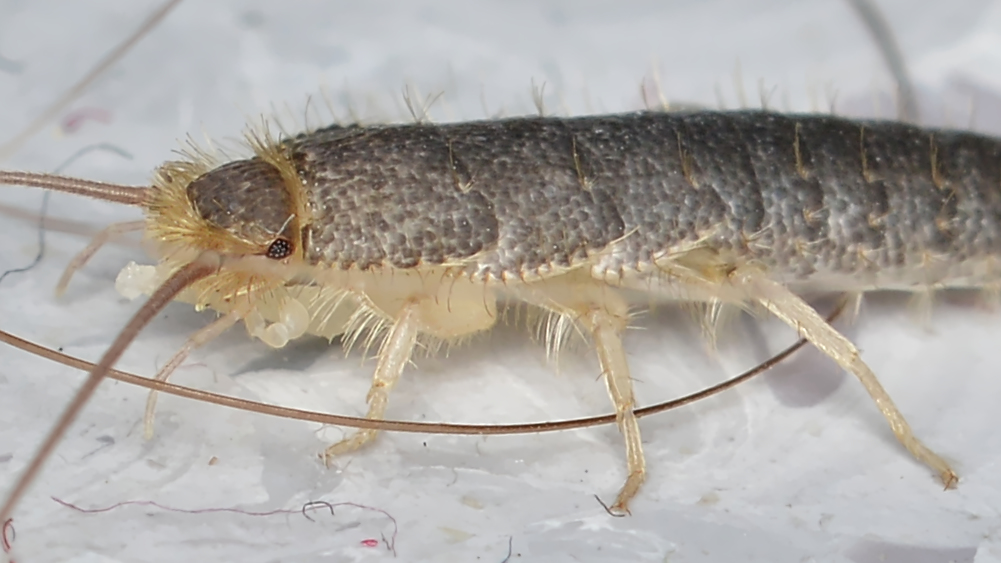Silverfish are small, wingless insects that have been around for millions of years. Their distinctive, silvery appearance and fast, wriggling movement make them easily recognizable. While they might be unsettling to find in your home, silverfish are generally harmless to humans. However, they can cause damage to books, wallpaper, and clothing as they feed on starchy materials. Understanding what natural enemies silverfish have can help in controlling their population naturally and effectively.

Common Predators of Silverfish
Silverfish, like many other insects, have natural enemies in the wild that help keep their populations in check. These predators play an important role in maintaining the balance of ecosystems by feeding on silverfish. House Centipedes: One of the most effective natural predators of silverfish is the house centipede. These long-legged arthropods are known for their speed and agility. House centipedes actively hunt silverfish and other small insects, making them beneficial in homes where silverfish are a problem. Unlike silverfish, house centipedes pose no real threat to humans, though their appearance can be startling. Spiders: Spiders are another common predator of silverfish. Many species of spiders, especially those that create webs, can trap and consume silverfish. Spiders are efficient hunters and can help reduce the silverfish population naturally. Having a few non-venomous spiders around can be an unexpected ally in your fight against silverfish. Earwigs: Earwigs are omnivorous insects that feed on a variety of pests, including silverfish. While earwigs have a somewhat fearsome reputation due to their pincers, they are generally harmless to humans and can be beneficial in controlling silverfish populations. Ants: Some species of ants, particularly those that are predatory, can also hunt and consume silverfish. Ants are omnivorous and will take advantage of any easy meal, including silverfish. However, it’s important to manage ant populations as they can become pests themselves.
Historical Myths and Misconceptions
Throughout history, various myths have surrounded silverfish and their predators. One common misconception is that silverfish can only be controlled through chemical means. While insecticides can be effective, they are not always necessary, especially when natural predators are present. Another myth is that silverfish have no natural enemies. This belief likely stems from the fact that silverfish are nocturnal and often hide in dark, damp places, making it seem like nothing preys on them. However, as discussed, several natural predators actively hunt silverfish, making them a vital part of the ecosystem’s natural pest control.How to Encourage Natural Predators
Encouraging the presence of natural predators in your home or garden can be an effective way to manage silverfish populations without resorting to chemicals. Here are a few tips: Keep Your Home Clean and Dry: Silverfish live in moist environments, so reducing humidity and keeping areas clean can help deter them. This, in turn, will make it easier for natural predators to find and eliminate them. Avoid Using Broad-Spectrum Insecticides: While it might be tempting to use insecticides to deal with a silverfish problem, these chemicals can also harm beneficial predators like house centipedes and spiders. Consider using more targeted methods or natural repellents instead. Provide Hiding Places for Predators: Spiders and centipedes need places to hide during the day. Consider allowing some undisturbed areas in your home, such as corners or basements, where these predators can reside and hunt.Dos and Don’ts When Dealing with Silverfish Infestations
| Dos | Don’ts |
| Keep your home clean and reduce humidity. | Don’t use broad-spectrum insecticides that kill predators. |
| Encourage the presence of natural predators like centipedes. | Don’t ignore small infestations; they can grow quickly. |
| Seal cracks and crevices to prevent silverfish from entering. | Don’t leave starchy materials like books or papers exposed. |
| Use natural repellents if necessary, like diatomaceous earth. | Don’t panic; silverfish are harmless to humans. |




